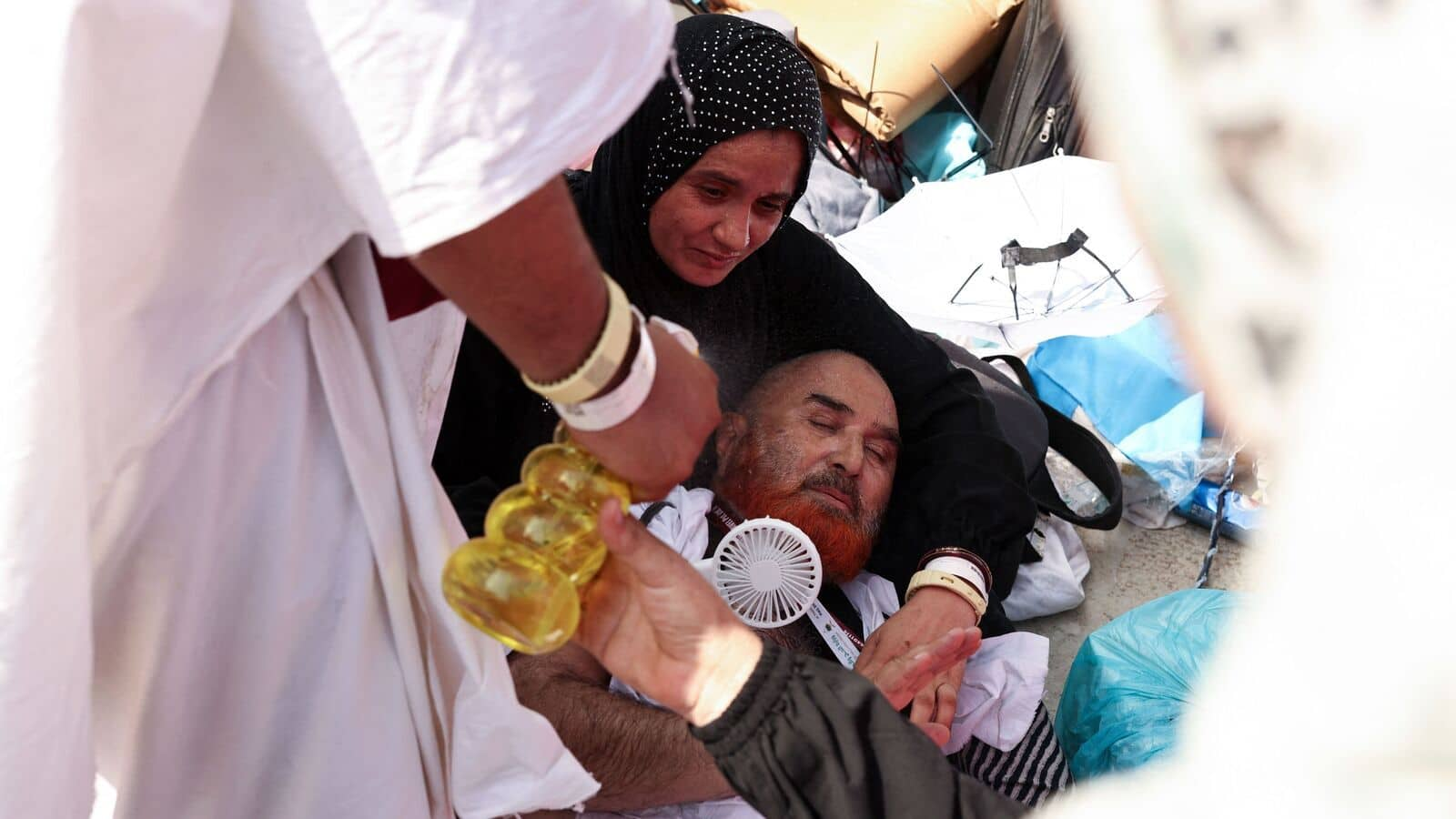
2024 Hajj sees 19 deaths amidst heatwave in Saudi Arabia
What's the story
The 2024 Hajj pilgrimage in Saudi Arabia has claimed the lives of at least 19 pilgrims from Jordan and Iran due to extreme heat, as reported by both countries. The Jordanian foreign ministry confirmed that sunstroke caused the death of 14 Jordanian pilgrims, with another 17 missing. Iranian Red Crescent chief Pirhossein Koolivand also reported five Iranian deaths in Mecca and Medina during this year's Hajj, without specifying the causes.
Heatwave
Soaring temperatures challenge Hajj pilgrims
This year's Hajj, one of the world's largest religious gatherings, experienced temperatures exceeding 46 degrees Celsius (115 degrees Fahrenheit). The extreme heat made outdoor rituals particularly challenging, especially for the elderly. Despite these conditions, Saudi Arabia has implemented heat mitigation measures such as climate-controlled areas, water distribution and guidance on sun protection for pilgrims.
Climate change
Rising temperatures threaten future Hajj pilgrimages
Ayman Ghulam, the head of Saudi national meteorology center, warned at a press conference that "the expected climate for Hajj this year will witness an increase in average temperatures of 1.5 to 2 degrees above normal in Mecca and Medina." He also forecasted "relative humidity 25%, rain rates close to zero, average maximum temperature 44 degrees." A Saudi study indicated regional temperatures are rising by 0.4 degrees Celsius each decade, suggesting worsening heat may be surpassing current mitigation efforts.
Persistence
Hajj pilgrimage continues despite heat-related challenges
The Hajj pilgrimage, a cornerstone of Islam, annually attracts over 1.8 million Muslims from around the globe. Despite a history of deadly incidents like stampedes and fires, the main challenge in recent years has been the intense heat. Last year's Hajj saw at least 240 fatalities with over 10,000 heat-related illnesses recorded, according to a Saudi official. Heat strokes accounted for 10% of these cases, further highlighting the growing threat of extreme temperatures during this religious event.